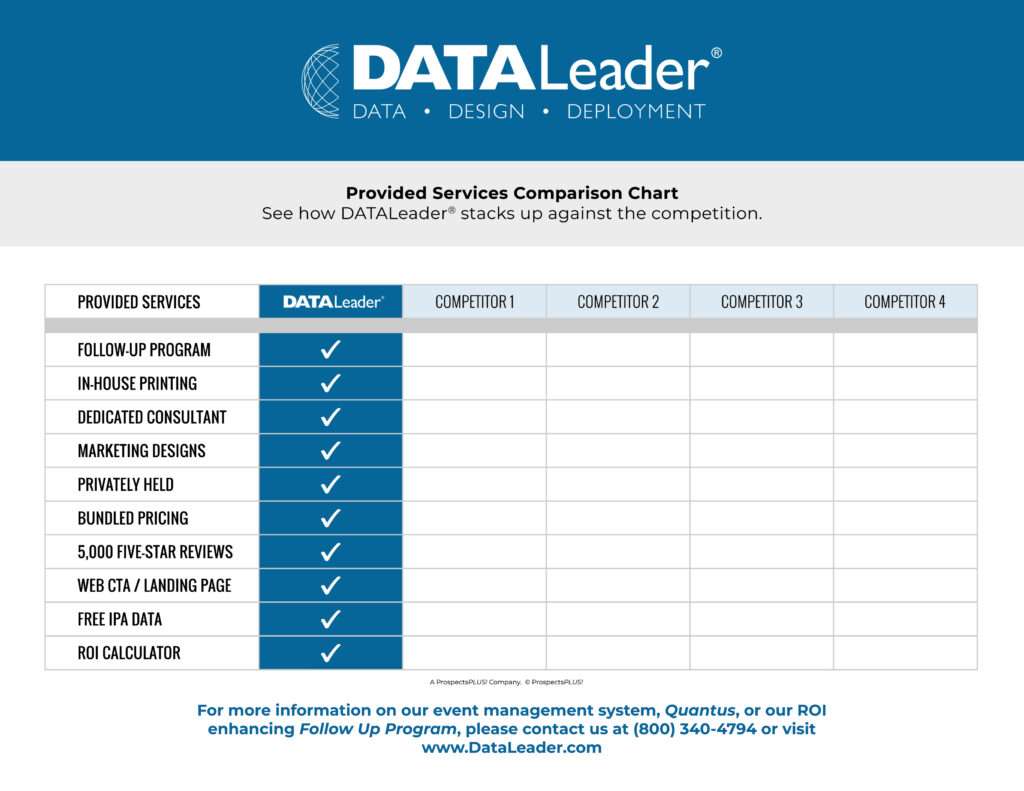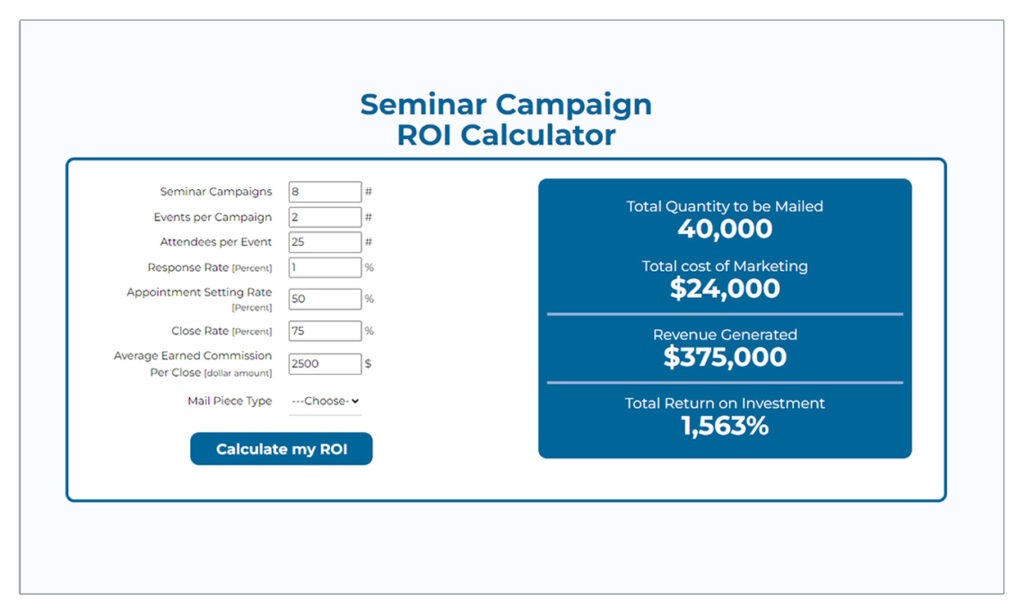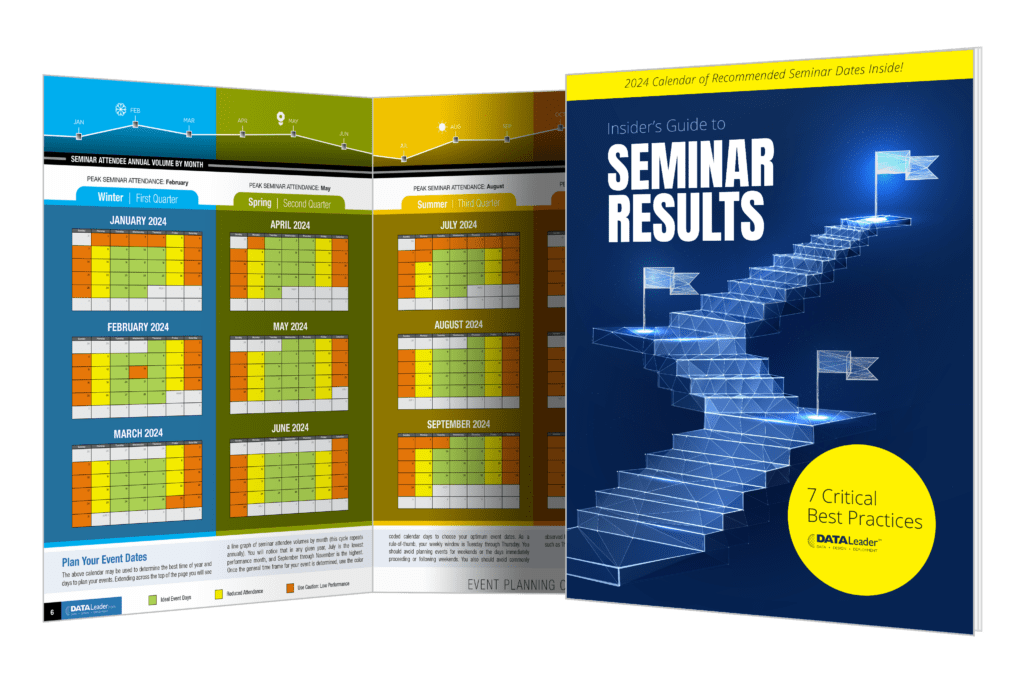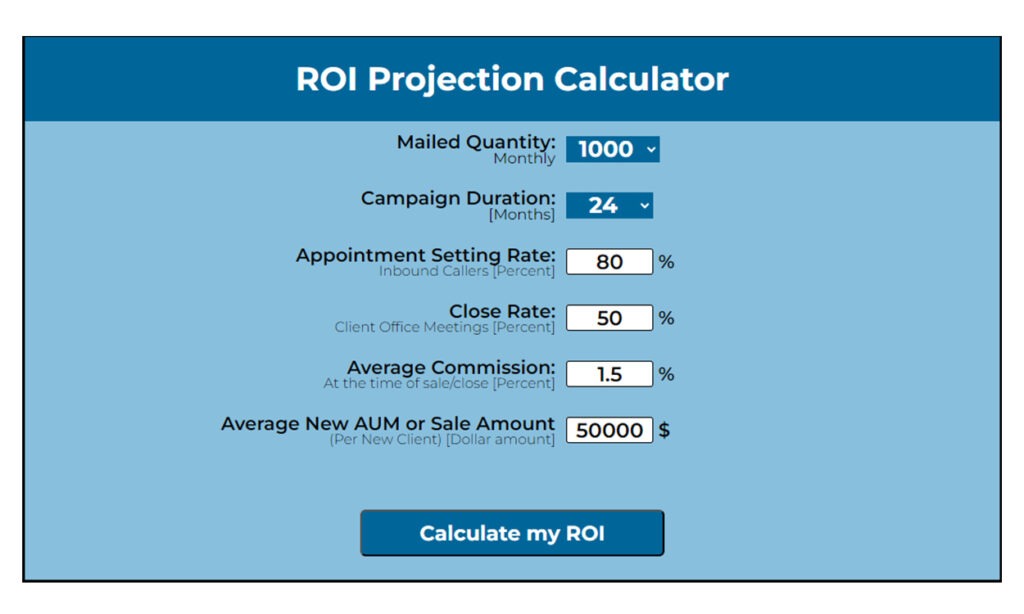Consistency Builds Brand Visibility—and Sales
Even when each seminar caters to a fresh audience, brand visibility compounds.
In 2025, 79% of U.S. marketers say event marketing generates sales leads, and 61% view events as their most critical marketing tool (Persuasion Nation).
Every seminar adds another data point to your growing presence in your target market.
Data-Driven Momentum
Event budgets are on the rise—74% of Fortune 1000 marketers planned to increase event spending in 2025 (Thunderbit.com).
More importantly, event marketing delivers exceptional returns: one study reports 338% more revenue from event marketing than traditional advertising (Keevee).
That’s momentum you can build on month after month—even with entirely new attendee groups.
Lead Gen Power of Live Events
Lead generation is the top goal for 62% of event marketers, and 56% of corporate event attendees say they’re more likely to buy after attending an event (Saletancy.com).
Webinars—digital twins of live events—also shine: 73% of B2B marketers say webinars are their #1 source of high‑quality leads, and they cost only $72 per lead versus over $800 at trade shows (demandsage.com).
Recurring seminar cadence powers that efficiency.
Momentum Through Machine Learning & Analytics
In 2025, 85% of brands integrating live-event marketing with emerging technology saw sales increase (Momencio).
Repetition enables you to fine-tune promotion, segmentation, and messaging, resulting in better targeting and follow-up each time.
From New Attendees to Network Growth
Even if attendees don’t return, each seminar expands your network: attendees share content, refer others, and boost social proof.
89% of marketers agree social media amplifies event reach—and with each new event, that amplifier grows stronger (ZipDo).
Action Steps to Build Your Seminar Sales Accelerator
- Set a 12-Month Calendar – Publish your seminar dates for the year now to make marketing easier and consistent.
- Define Your Audience Rotation – Map out different prospect segments (by location, demographic, or interest) for each month.
- Standardize Your Format – Keep a core structure so your team can execute quickly, while changing topics to fit each audience.
- Leverage Multi-Channel Promotion – Combine email, social, direct mail, and retargeting ads to fill the room.
- Integrate Tech Tracking – Use a CRM and event software to capture leads, measure cost-per-lead, and analyze attendee behavior.
- Maximize Post-Event Nurture – Send follow-up resources, thank-you emails, and direct calls to action within 24–48 hours.
- Repurpose Content – Turn each seminar into blog posts, video snippets, and social reels to reach an even wider audience.
For more information on our data-driven seminar marketing, Quantus Event Management System, or a Seminar Follow-Up Program, please contact our marketing consultants at (800) 340-4794 or visit us at www.dataleader.com

PLUS: When you have time…below are some free marketing resources to support the success of your dinner seminars.
The Seminar ROI Calculator

The Free, Online, Seminar ROI Calculator helps you visualize the impact of your seminar marketing. Just input your seminar data to see a projection of your cost for marketing, revenue generated, and total return on investment. To get started, Click Here.
The Free Insider Seminar Guide

The Free, Insider Seminar Guide includes the seven critical best practices for seminar marketing and an annual calculator of recommended seminar dates for the best ROI. To download your Free Insider Guide today, Click Here.
The Follow-Up Campaign ROI Calculator

The Free, Online, Follow-Up Campaign ROI Calculator helps you visualize the impact of continuity marketing. Just input your marketing campaign data to see a projection of your response rate, cost per conversion, commissions, and return on investment. To get started, Click Here.


